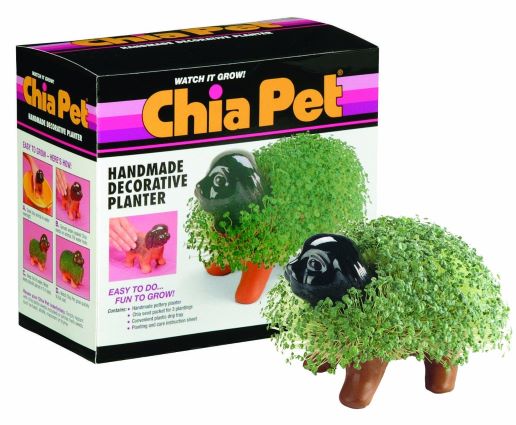Kids Garden Science Projects

Gardening Science Projects for Kids
So, the science teacher has assigned a garden-related project for class. Or, perhaps the student has selected a garden-related project for a school science fair, or a 4H project. It’s a great opportunity to learn about plants, how they grow, and what affects their growth. And, school teachers love to create student lesson plans around the topic of gardening. There are several kids’ garden science projects that are fun and easy to do.
There are a few popular garden-related science projects for kids. By far, the most popular project is to actually grow a plant and watch it grow. The assignment usually includes planting and measuring growth. The second type of project studies what affects a plant’s growth.
Let’s explore the two most common projects………..
Growing Plants from Seeds Projects
The teacher assigns a project to plant seeds and to observe and study their growth.
The important first step is to determine what you want to grow. It’s best to select a seed that sprouts quickly and grows fairly quickly. Here are some of the best candidates:
- Flowers: Marigolds, Sunflowers, Zinnias
- Vegetables: Beans, soybean, lettuce, radishes, Swiss chard
- Herbs: Chives, basil
Next, you need to find the seeds. Chances are your local stores do not carry seeds in the fall and winter months. Find seeds now
You will also need a container and some soil. If the ground is frozen, you can find seed starting soil
A measuring stick and a digital camera to record growth, are often required.
Now that you have the materials you need, simply follow the instructions in the lesson plan provided by the teacher and the student is well on the way to an A-Plus.
Studying and Observing What Affects Plant Growth
This can be a real learning experience. It is commonly used in science projects, science fairs, and 4H club projects.
There are four major factors affecting plant growth:
Soil Acidity – The student grows a certain plant in three containers. One has acidic soil. A second container has alkaline soil. The third has regular soil. Use lemon juice to create acidic soil. Fireplace ashes can make the soil more alkaline. An Electronic Soil Tester is useful for this project.
Type of soil – The student grows a certain plant in three containers. One has clay soil, one has sandy soil. And, one has rich, loam soil. The student measures and compares plant growth.
Sunlight – Again, the student grows the same type of plant in three separate containers. After they sprout, place one in full sunlight. Grow the second one in a room with only indirect sunlight. The third is grown either in the dark or under a grow light. The plant’s growth and appearance are studied and recorded.
Temperature – One plant is grown in a warm location. One is grown in a cold location, like an unheated enclosed porch. A third plant is grown in a cool environment. One problem with this project is that the three plants should be given equal amounts of sunlight. This project, usually done in mid-winter, is difficult to do in warmer areas of the country.
Related Articles
Please support our site. Shop for:
- rmmatthews100@hotmail.com
- 585-721-6528
- Rochester, NY
©1999-2024 GardenersNet.Com, All Rights Reserved

